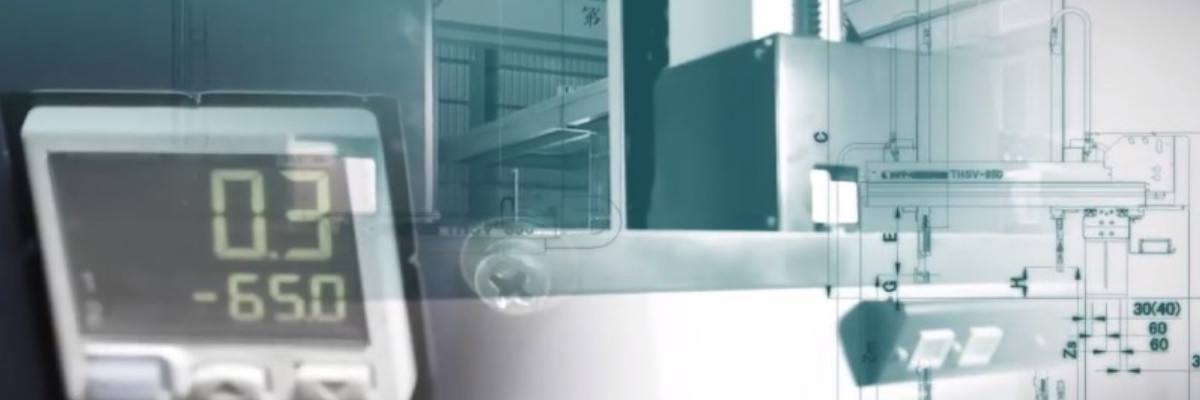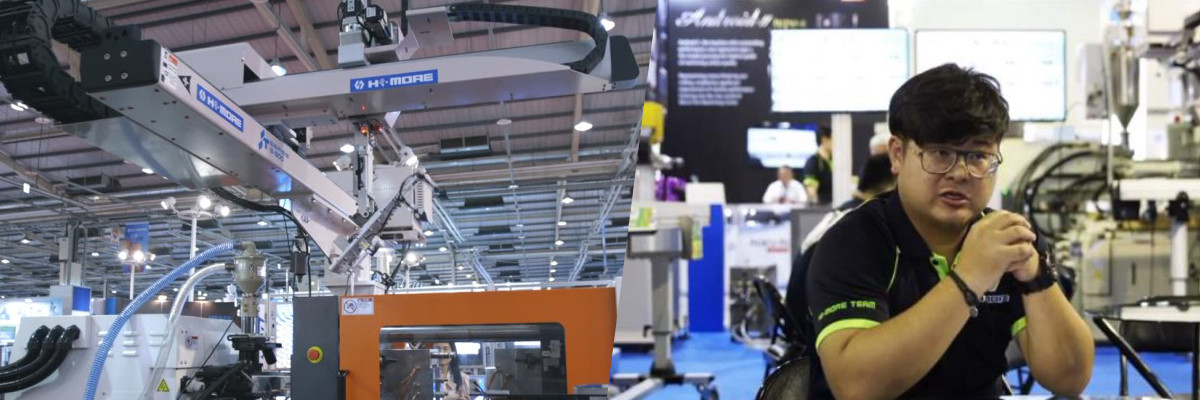
Fully automated production lines have become quite common in globally important industries such as automobiles and aerospace, and advanced countries are actively viewing automation technology as the focus of upgrading traditional industries. For example, the European Union launched the "SMErobotics" initiative in 2012 to assist European small and medium-sized enterprises in introducing automated equipment such as injection arms to cope with low-cost dumping from emerging countries and maintain their production competitiveness.
Although the development of injection arms and automation technology has become increasingly mature, and their huge benefits have been confirmed in practice, most small and medium-sized traditional manufacturing companies in various parts of the world, including those engaged in plastic injection molding or other fields, still only talk about automation from a distance and hesitate to implement it. This phenomenon has become a research topic for automation equipment brand manufacturers.
These common pain points prevent small and medium-sized enterprises from implementing their plans.
Spending money wisely is a rule of thumb for businesses. Typically, the cost of introducing an automated production system depends on the actual production needs of the client. However, for resource-constrained small and medium-sized enterprises (SMEs), when they receive rough estimates or general quotations from suppliers, the cost can easily become a decisive factor that causes them to retreat from their intention to adopt automation.
In addition, the operation of automated equipment places greater emphasis on system integration work compared to conventional machinery. This characteristic usually goes beyond the professional scope of traditional SME owners. Therefore, when they are considering how to integrate automated equipment and ensure the smooth operation of the production line in the future, they are often perplexed by practical issues such as "Do we need to hire additional manpower?" and "How long will the entire production capacity be down for troubleshooting?". Many cases have shown that the sense of helplessness that clients encounter in this stage is no less than that of facing financial factors.

Hi-More perspective: Psychological factors are also crucial.
According to Vic Chen, the general manager of Hi-More, besides practical issues, the psychological doubts of small and medium-sized enterprise (SME) clients are also a key aspect that manufacturers need to address. In the manufacturing industry, there is often an intuitive belief that traditional labor will be replaced by machines when it comes to the automation trend. However, Vic Chen emphasizes that "automation is not about how much labor can be replaced by machines. The direct issue that companies willing to adopt automation face is that there is no one to do the job, which creates a demand for automated warehousing and automation."
This misconception also leads to another problem: SMEs have only a partial understanding of automation. Vic Chen has found in many cases that clients often have great expectations of automation after attending exhibitions, but they do not know how to proceed when they return to their factories, and even ignore whether they already have the conditions for implementation. He says, "This requires professionals to give them advice and even to point out the parts that need fundamental changes in a straightforward manner before considering whether to automate."
Professionalism and experience help customers take the first step and the final mile towards automation.
Vic Chen says, "On the issue of automation, I hope to provide customers with a more intuitive view of the true nature of automation. Using our accumulated experience over the past few decades, we can also inform customers of the stumbling blocks they may encounter when developing automation, and proactively remove them."
For example, Hi-More has successfully applied its rich design experience in automation architecture to product modularization. This includes standardizing non-injection arm product specifications that were previously developed, even going so far as to standardize them, thereby saving development time and material selection, significantly reducing the overall system cost and making it suitable for more industrial needs. This has increased the procurement willingness of small and medium-sized enterprises.
In addition, during the development stage, Hi-More places special emphasis on the so-called "simplification," which means creating a simple, user-friendly automation system based on basic, practical, and effective logic that can truly solve problems. This allows customers to avoid adding personnel for subsequent operations and management, creating additional burden. Vic Chen says, "Automation is not about making equipment more magnificent or seeing a bunch of injection arms working simultaneously. It is about fundamentally improving production efficiency."
It is worth mentioning that Vic Chen has always insisted on a symbiotic, truly cooperative partnership relationship between Hi-More and its customers, rather than a simple buying and selling business model. With this mindset, Hi-More not only provides customers with the necessary equipment but also adopts the concept of resource sharing, allowing each internal technician to act as their professional consultant. As for customers who are not yet able to introduce automation due to practical conditions, Hi-More will continue to follow up with special cases and advise them on where they can make improvements, rather than immediately requiring them to purchase equipment.

